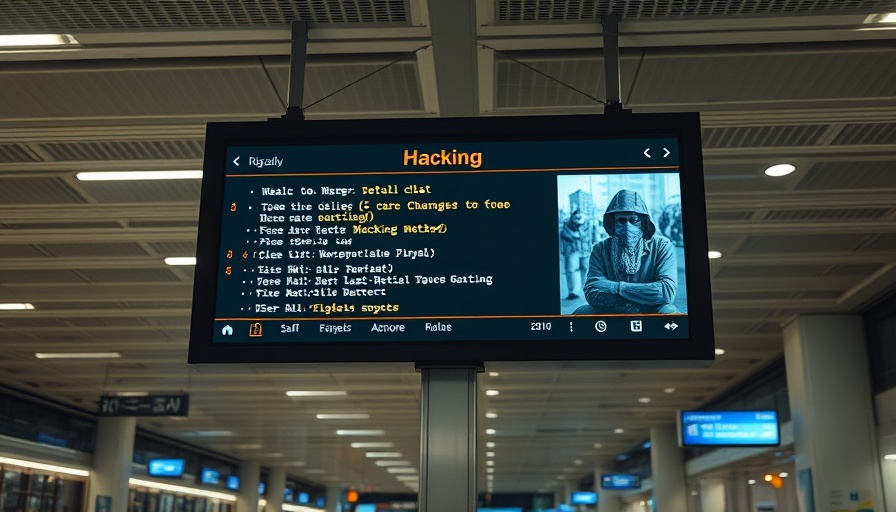
The Resounding Echo of Youth Unrest Across Africa
A wave of protests sweeping across Africa highlights a profound discontent among the continent's youth. Countries like Kenya, Madagascar, and Morocco are witnessing demonstrations driven by generations yearning for change. From Kenya’s Parliament to Madagascar’s streets, demonstrators voice a common dissatisfaction: The promises made by their governments have repeatedly gone unfulfilled.
Why Now? Unpacking the Protests
The recent surge in protests is not merely a spontaneous outburst; it’s a culmination of years of disappointment. In Kenya, unfolding political discontent over unaddressed economic hardships reflects a broader sense of betrayal felt by young voters. They were promised robust economies, job opportunities, and improved public services. Instead, young people find themselves increasingly frustrated amid growing unemployment and stagnant wages.
Moroccan Protests: A Cry for Basic Needs
In Morocco, the “GenZ 212” movement represents a significant element of this youth-driven wave. Hundreds have protested against inadequate healthcare and education systems since September. The government's failure to fulfill development promises—a situation exacerbated by the pressures of inflation and previous pandemic management—has led to heightened tensions. The current discontent reflects deep-rooted frustrations with decades of neglect in essential public sectors.
The Underlying Economic Crisis
Beyond the surface of social unrest lies a stark economic crisis, particularly evident in Morocco. Protesters emphasize that merely pushing forward with industrialization efforts is not enough; they demand accountability in public services. Education and health remain critically underfunded, while young people see little correlation between economic growth and job creation. The growth strategy, aimed at attracting investment, has not translated into sufficient local employment, leading to a stark disconnect between government plans and youth expectations.
Declining Trust in Leadership
Recent protests in Madagascar resulted in significant political upheaval as the president lost power amid growing public outcry. Such drastic change points to a broader trend of declining trust in leadership across Africa. Protesters are not just frustrated with unmet promises; they are calling for structural changes in how governments engage with their citizens and prioritize their needs. The old approaches to governance cannot stand against the vibrant demands of a digitally connected, globally aware youth population.
The Call for a New Economic Paradigm
What protesters are asking for transcends immediate reforms; there is an urgent demand for a new economic paradigm that prioritizes youth employment, solid healthcare, and an education system that truly prepares young people to adapt to a rapidly evolving job market. Governments are at a crossroads: they must choose between maintaining the status quo or embracing comprehensive reforms that meet the aspirations of their citizens.
Your Support Matters
As the situation evolves, it is crucial for stakeholders—including governments and international organizations—to engage with African youth. Building partnerships to foster economic opportunities can ignite a pathway to stability and progress. Continued support and monitoring of these movements can ensure the voices of the young generation are not only heard but prioritized in national agendas.
Conclusion
The youth protests across Africa reflect a broader narrative of unfulfilled promises and the urgent need for genuine reform. By listening to its young citizens and addressing their grievances, Africa can truly leverage its youthful population as an asset for growth and innovation.
 Add Row
Add Row  Add
Add 




Write A Comment